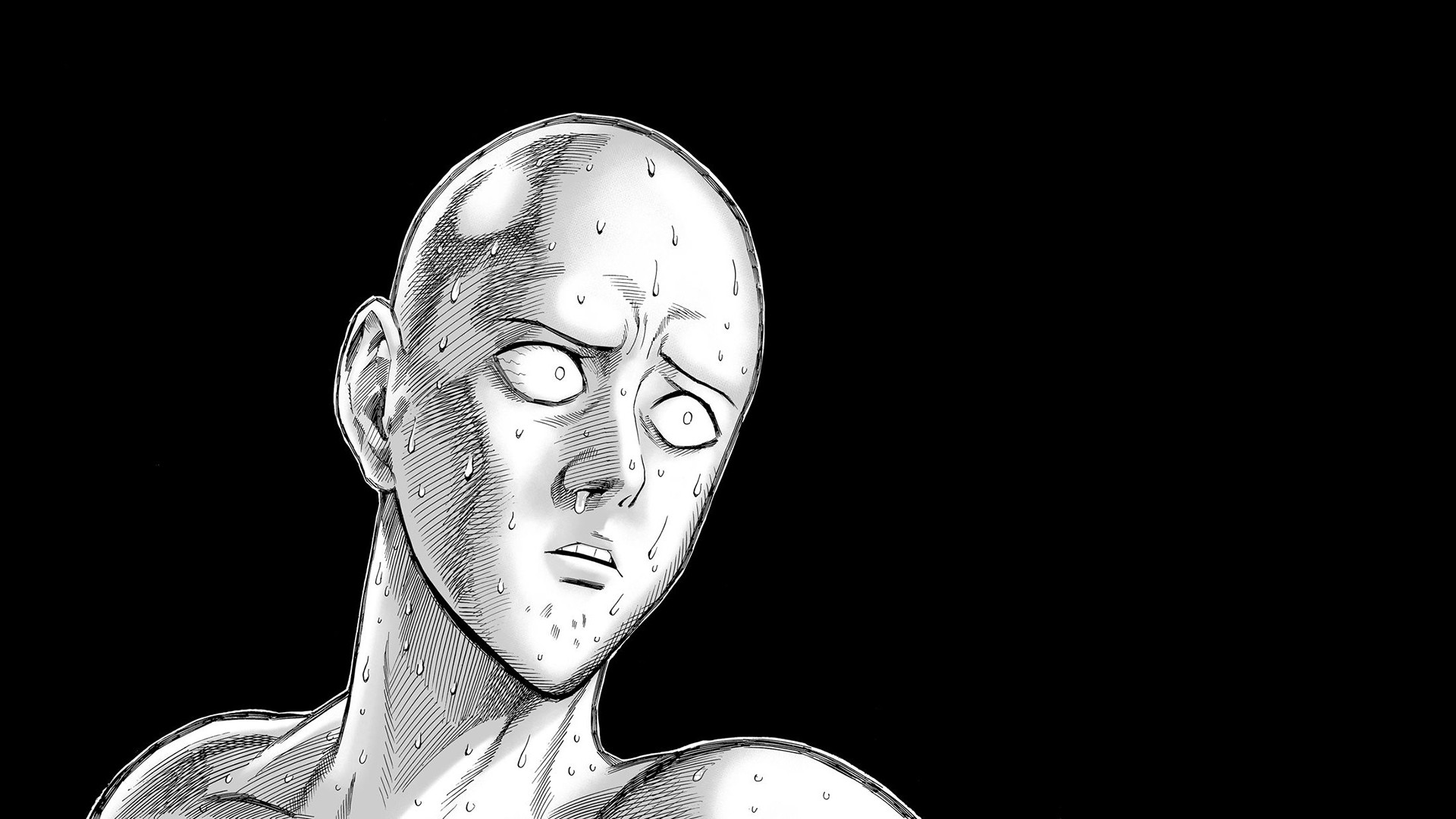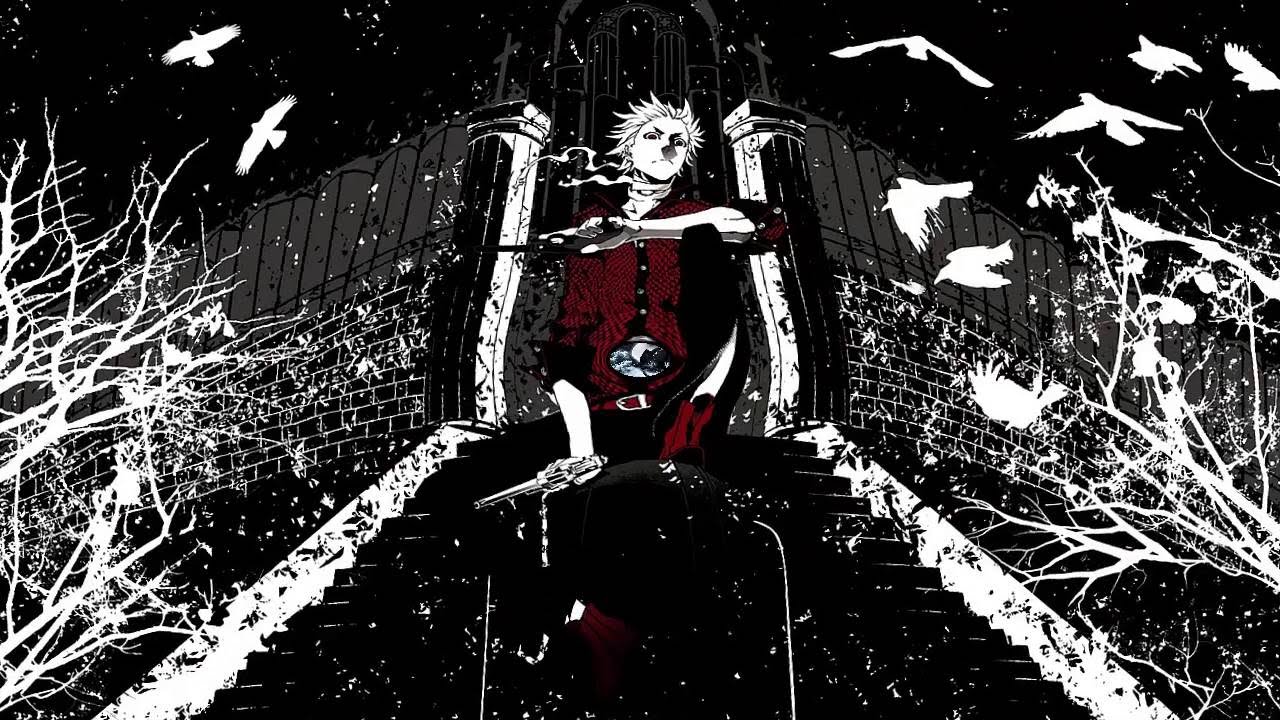Every time we create a formal system, however limited or simplistic it may be, that formal system – strange as may sound – becomes a ‘version’ of reality, an ‘analogue’ of reality. This isn’t at all the same as saying that the formal system in question ‘models’ reality, even though all models are formal systems. An analogue of reality doesn’t model reality (which would be a highly euphemistic way of putting it) it replaces it, it substitutes for it…
There is actually no way that a formal system can’t substitute itself for reality, given the nature of what it means to be ‘formal’. ‘Formal’, in this sense of the word, simply means that everything about it has been specified or defined. Everything about it – down to the tiniest detail – has been written down, coded for. If something hasn’t been specified or coded for, then it doesn’t get to be in the formal system. It doesn’t get to be there, it doesn’t get to exist. Formal means therefore that what we are talking about isn’t a ‘real-world system’ – something that exists in its own right – but rather that it is a description of something, a blue-print or programme for something. Because a formal system is a literal description then if we are going to specify or design it at all then we are going to have to go the whole way – we have to code for it in absolutely rigorous black-and-white terms right down to the very last detail. Once we get into formal systems at all, then we have to buy the full packet, we have to go the whole hog. There are no halfway measures here – either you do it or you don’t.
‘Buying the full packet’ means that we have to go totally formal – we have opted for the formal mode of representing reality and that it is. This isn’t to say that we can’t talk about or represent reality in an informal way if we want to – it’s just that in this case none of the above applies. We don’t have to put absolutely every last thing down in writing (like a legal document) if we aren’t being formal – we don’t have to be meticulously specific about every tiny detail. In this case we can hint, we can allude, we can ‘get at’ stuff without actually saying it. We can make free with whatever metaphors come to hand. We can write poetry. But if we’re writing a computer programme or drawing a wiring diagram for a black of flats, then we most definitely can’t ‘get at stuff without actually saying it’ – that wouldn’t work at all…
Even the simplest little technical diagram is like this – we not just talking about high-powered stuff. Suppose I draw a big circle with four little circles (four subsets or cells) inside it – this is a formal system and so what is shown, what is put down on paper, gets to exist and what isn’t shown, what isn’t put down on paper, doesn’t get to exist. There is no way to hint or playfully allude at something with a formal diagram – either it’s in the diagram or it isn’t in the diagram and that’s the end of the matter. Formal diagrams are essentially made up of ‘dividing lines’ (boundaries) and there is no way to make a defined black-and-white boundary into a metaphor for something less substantial, less definable, something that isn’t literally represented by the boundary. It stands for what it stands for and that’s that. You’re in or you’re out. You exist of you don’t exist. This isn’t some kind of mysterious symbol – this is a ‘literal signifier’.
So in this way we can say that a formal system – because it is essentially made up of clearly-defined boundaries that allow for a no-nonsense black-and-white interpretation of whether the thing to be read falls ‘inside’ or ‘outside’ the boundary – is a type of binary (or digital) code. Anything made up of definite YES or NO statements (which are obtained by reference to clearly marked boundaries, or ‘discriminative rules’) is digital. If therefore the formal system is made up of definite statements of a YES/NO type we can say that the version of reality it portrays is a digital one (formal systems, because they are made up of rules, can’t produce a version of reality that isn’t digital) and because the digitalization of reality is an irreversible process that takes place by breaking everything down to black-and-white code, this means that information is being lost, information is being thrown away. Any portion of reality that can’t be expressed in crude digital language has by definition been lost via the process of digitalization.
This ought to make it crystal clear why a formal system automatically substitutes itself for reality, just by virtue of it being a formal system! It substitutes (rather than honestly represents) the reality it is supposedly referring to because all information that does not directly correlate with its own black-and-white criteria has been irreversible thrown away or dumped!
By using the system in the way the system is meant to be used we automatically discard all aspects of the world that don’t match its all-too-concrete assumptions about the world, and so these assumptions are bound to be proved right. Anything that fails to agree with the assumptions is labelled as ‘error’. No feedback is provided to us by the system about any information that has been discarded for the simple reason that the system has no means of registering this information. If it did have a way of registering (or acknowledging) the information then it wouldn’t have labelled it as ‘error’ and so it wouldn’t have thrown it away!
Another, less technical, way of explaining why a formal system always substitutes itself for reality is by thinking of the little diagram (made up of one big circle containing four little circles) that we mentioned earlier. This little diagram – ridiculously simple though it is – also puts makes itself in to ‘an analogue of reality’. Because the diagram is made up of boundaries, which have to exclude everything that is not specifically included by them, it is necessarily going to exclude that portion of reality that does not fit (or belong) within its subsets. This is the only part of the world that it can say something definite about – so it ignores everything else. It ignores everything on the outside of its boundaries – the same way that all formal systems do! Everything on the outside of the boundary gets thrown away, forgotten about…
The formal construct which is the diagram excludes everything that it can’t literally correlate with, it excludes ‘everything that isn’t it’, in other words, and ‘everything that isn’t it’ is everything in the universe that isn’t the formal construct, which is of course the same thing as the whole of the universe since the construct doesn’t really count, being only a two-dimensional diagram on a page. The page is part of the universe, the pencil or pen marks on the page are parts of the universe, but the construct itself isn’t because it’s only an abstraction. This being the case, the notion that the abstraction somehow manages to effectively replace actual, non-abstract reality is quite an amazing one! How can the formal description subsume the actual reality that is being described? How can the map subsume the territory, the menu the meal? And yet this is exactly what happens.
In one way, the general idea that we’re talking about here isn’t too hard to grasp – there is this diagram, this little schema drawn out on the page, and here we are looking intently at it, studying it, trying to get the hang of it. We focus on the diagram and as we do so anything else that isn’t the diagram gets disregarded, gets forgotten about – this being the very way that the business of ‘focussing’ works. So as we focus on the construct which is one big circle with four little circles within it what we’re looking at becomes the whole world for us. Nothing else matters for us. Our world has in this way shrunk to the size of the formal system, and it is at this point that we can say that the formal system construct has become ‘an analogue for reality’.
This might seem like a very unconvincing way of arguing that the formal system operates by substituting itself for reality – it is evidently true, but at the same time it’s not as if we don’t know the whole time that the diagram is just a diagram, and that it isn’t actually the world itself. It’s not as if we ever really forget that the construct is just a construct. It’s not as if we ever really lose sight of the fact that what we’re looking at is some little logical device that we ourselves make and use. We intentionally (and very temporarily) lose ourselves in what we’re focussing on, but that is all there is to it. What’s the big deal? What’s to get excited about?
There is more to it than just this however. When we focus completely on some theory, some model, some little scheme of things, what we are doing is voluntarily letting the set of biases that are in it define our thinking, define our way of looking at the world. We’re adopting a ready-made viewpoint. We’re allowing our consciousness to be channelled or conditioned by the structure (the viewpoint) that has been provided for us. We’re making the experiment of looking at the world this way.
What we have just been talking about still mightn’t seem too much of a big deal it is true, but this is only an example to get us warmed up. We’re going to take another step. We haven’t got there yet! There is another type of formal system that we adapt to that we are now going to look at only this construct isn’t outside of us on a bit of paper, but lodged inside our heads and we aren’t voluntarily looking down at it in front of us so much as we are involuntarily identified with it as we look out at the world and make sense of the world and go about our day-to-day business.
Needless to say, this type of a construct (this type of a formal or logical system) is a different kettle of fish entirely. It’s still ‘an experiment in adaptation’, but it’s an experiment we don’t even know we’re carrying out. It’s a fascinating experiment to be sure, but we’re in the dark about it. We’ve got lost in it. We’ve limited our vision, our perception of the world, but at the same time we have no way of knowing that we have done so…
Everything we’ve been saying about formal systems is equally true for the mental programmes that govern how we see or understand reality, the ‘rational introject’ that operates unseen from behind our own eyes. There is absolutely no difference – it doesn’t matter whether a formal system is encoded on a sheet of paper or in our minds, it’s the very same thing. All I know or perceive of the world is what my mental programming allows me to know or perceive, which means that my world is as small as the formal construct that conditions my awareness.
It doesn’t feel as if we’re living in a mere mental simulation or analogue of reality. It’s not as if we generally go around having this impression, or suspected that some malign agency is editing or controlling our reality-supply. Short-changing us on a colossal scale. We might on the rare occasion feel this, but for the most part we don’t. Generally it feels OK. It feels normal, ordinary, matter-of-fact, unremarkable. This, however, is exactly the point! It oughtn’t to feel normal, it oughtn’t to feel ordinary, it oughtn’t to feel unremarkable. It oughtn’t to feel matter-of-fact.
If I feel that I am living in the same regular old world that I always do then there is something amiss here because the world isn’t regular at all! Its only formal systems that are ‘regular’ – and its only when our awareness is conditioned by these systems that we feel the world to be regular. Reality isn’t like this – only the simulation is like this, only the analogue is like this!
To the extent that the world we inhabit appears to be full of ‘regular old objects’ that we can instantly put a name to then our awareness is being regulated by ‘the rational introject’. This is what the rational introject does – it classifies all our sense data and turns them into regularities, into classes, into little circles within the big circle which is the thinking mind. The formal system, when it governs our awareness, makes the world we perceive to be ‘formal’ too, it transforms it into ‘a known thing’, into a set of classifiable objects or elements.
To the extent that we feel the world to composed of knowable regularities, things that have a name (and aren’t on this account shockingly original or unique) then we are living in a mental construct. There can be no doubt about it.
We’re living out our lives in a mere misrepresentative ‘analogue’ of reality, a crude sketch or diagram of reality, an over-simplistic abstract copy of reality, and yet we don’t know it…





